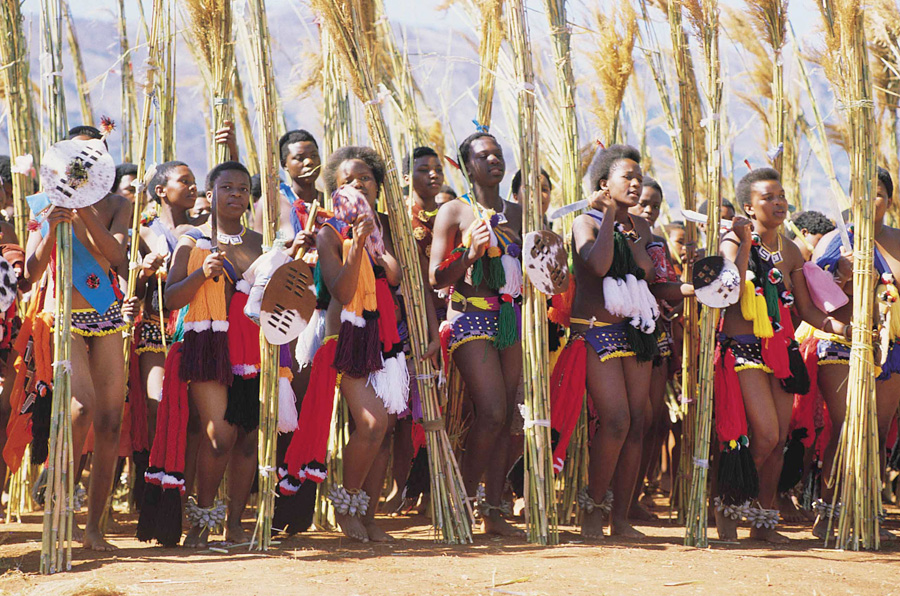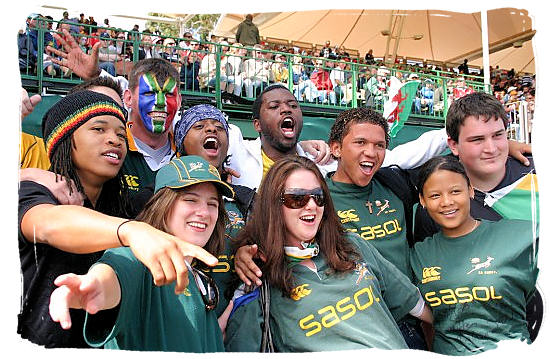Some Known Facts About South African Culture Today.
Table of ContentsWhat Does South African Culture Today Do?South African Culture Today Things To Know Before You BuyThe Best Guide To South African Culture TodayThe Definitive Guide to South African Culture TodayThe Best Guide To South African Culture TodayA Biased View of South African Culture Today
An issue of importance in Zambian villages is the passing away of enjoyed ones. All participants of the town put money, time and effort together for the burial of the deceased.Music and dance is an extremely crucial aspect of the Zambian society. The numerous tribal systems have their own dancing kinds; however, makishi is typical among all people.
The Only Guide to South African Culture Today
When it concerns songs, drums are used one of the most, with a range of drumming events. In Zambia, bulk of individuals are Christian; Protestant and Roman Catholic. There are small groups of Muslims and Hindus, with the remainder adhering to local indigenous tribal beliefs.

South African heritage and society is tremendously diverse, and contains several teams of individuals who each have their very own traditions and ideas. Having such a diversity of people and cultures is what makes South Africa so special. In real feeling of the expression, we are a rainbow nation.
South Africa has approximately 3 hundred thousand Portuguese people residing in it. Making it the 7th on the checklist of nations with the most Portuguese people in it beyond Portugal. Portuguese is not just a society, but it is also a language and a citizenship. Portuguese people originate from the nation of Portugal in Europe, nonetheless, because of Portugal (like many other countries in Europe) discovering the globe and conquering various other countries throughout the 15th 20th centuries, South Africa has what we call Portuguese South African's living in it.
The 15-Second Trick For South African Culture Today
Amongst the famous attributes of the topography is a plateau that covers almost 2 thirds of the center of the country. The plateau complicated increases towards the southeast, where it climaxes in the Drakensberg variety, part of an escarpment that divides the plateau from the coastal locations. The Drakensburg consists of Champagne Castle, the highest height in the country.
The area north of the Witwatersrand, called the bushveld, slopes downward from eastern to west toward the Limpopo River, which develops the worldwide boundary. The western section of the plateau, the middleveld, likewise comes down towards the west and differs in altitude between the highveld and bushveld. Between the Drakensburg and the eastern and southern shoreline, the land comes down to the sea.
Nearer the shore there is a low-lying plain called the eastern lowveld. Southwest of the plateau the country comes to be progressively extra dry, paving the way to the hostile desert of the Great Karroo, approached the east by the lower, better sprinkled plateau of the Little Karroo. Dividing the completely dry southerly interior from the sandy littoral of the southerly shore and West Cape is another range, the Langeberg.
The Greatest Guide To South African Culture Today
The nation's racially, ethnically, and politically divided background has created national and subnational signs that still operate as icons of the country, and others icons that are approved only by specific teams. The monuments to white settler conquest and political supremacy, such as the Afrikaner Voortrekker ("leader") Monolith in Pretoria and the Rhodes Monument honoring the British colonial realm home builder and Cape prime priest Cecil Rhodes, stay sectarian symbols.
The very first contemporary citizens were the San ("bushman") hunter-gatherers and the Khoi ("Hottentot") peoples, that rounded up animals (South African culture today). The San might have been present for countless years and left proof of their visibility in thousands of ancient cavern click to read paintings ("rock art"). Bantu-speaking clans that were the ancestors of the Nguni (today's amaZulu, amaXhosa, amaSwazi, and vaTsonga peoples) and Tswana-Sotho language groups (today's Batswana and Southern and Northern Basotho) migrated down from east Africa as early as the fifteenth century

The two previous republics of the Orange Free State and Transvaal (South African Republic) were developed by Afrikaner inhabitants who defeated and dispossessed the Basotho and Batswana. Lesotho would certainly have been by force integrated into the Orange Free State without the expansion of British protection in 1869. The utmost marriage of the country resulted from the South African War (18991902) in between the British and both Afrikaner republics, which reduced the country to destroy at the beginning of the twentieth century.
Afrikaners traditionally considered themselves the only real South Africans and, while granting full citizenship to all residents of European descent, rejected that standing to individuals of color till the democratic change of 1994. British South Africans keep a feeling of social and social link to Great Britain without damaging their identity as South Africans.
The Basic Principles Of South African Culture Today
The variety and fragmentation within ethnic collections and the equilibrium of stress between those teams throughout the twentieth century avoided interethnic civil dispute. While intergroup stress over sources, entitlements, and political supremacy remain, those conflicts are as most likely to pit Zulu against Zulu as Zulu versus Xhosa or African against Afrikaner.
From colonial India, British merchants and managers brought the rounded metal ornamental roofs and slender shoelace job Home Page pillars that still epitomize the terraces of cottages in the areas and cities throughout the nation. Holy places add an essential building facet also in the smallest communities. Along with the rising steeples and timeless stonework of Afrikaans Dutch Reformed churches, Anglican churches, synagogues, mosques, and Hindu shrines offer selection to the spiritual building scene.

Butchering and the developing of typical grain beer are important in securing the involvement and a good reputation of the ancestors that are thought about the guardians of good luck, prosperity, and well-being. Indian areas maintain their indigenous cooking practices and use them on Islamic and Hindu routine and ceremonial events. Afrikaners and Coloured individuals gather at weekends and special events at multifamily barbecues called braais, where area bonds are reinforced.
Due to the fact that this was the main financial venture of both black Africans and white colonists, problem between those teams my sources fixated the possession of grazing land and animals. In 1867, the largest diamond deposits on the planet were uncovered at Kimberley in the west main location. The wide range from those areas aided fund the exploitation of the biggest gold reef worldwide, which was discovered on the Witwatersrand in 1886.
South African Culture Today Fundamentals Explained
This led to misconceptions and deliberate misrepresentation in the dealings of white settlers and government authorities with African chiefs throughout the early american duration (South African culture today). In the facility of African books, some aspects of common and chiefly "tribal trust fund" land tenure were maintained, and even in white rural areas, types of common tenure were still exercised in areas with African communities
After the democratic change of 1994, programs for land restitution, redistribution, and reform were instituted, however progression has actually been sluggish. The white minority still manages eighty percent of the land. In the wake of agricultural land intrusions in Zimbabwe, the Department of Land Matters has pledged to speed up land redistribution.